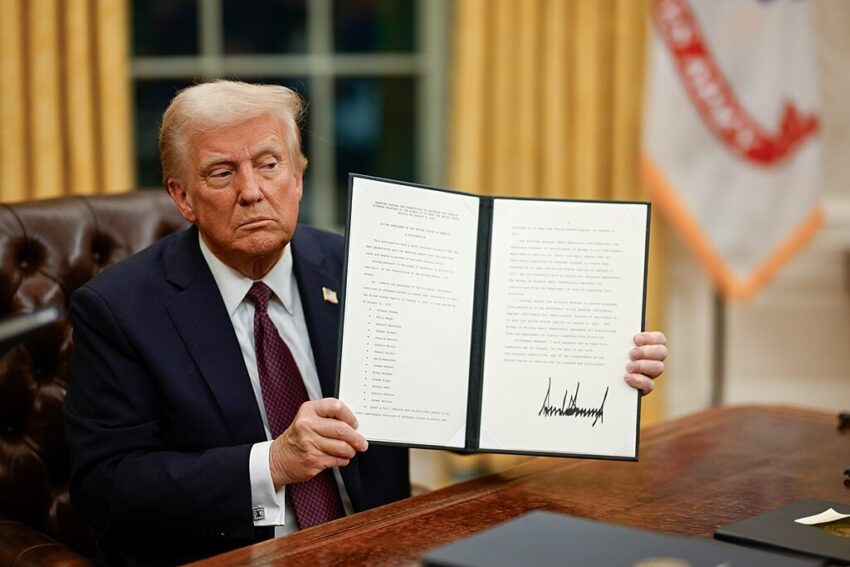As artificial intelligence becomes increasingly integrated into educational systems, traditional academic assignments are evolving rapidly. With teachers reporting a surge in academic dishonesty attributed to students using AI to complete assignments, the conventional take-home tests and essays are being rethought. Casey Cuny, a veteran English teacher, claims, “The cheating is off the charts. It’s the worst I’ve seen in my entire career.”
Educators are now left to redefine what constitutes cheating as reliance on AI tools like ChatGPT accelerates. Schools have begun to adapt by implementing in-class writing assignments and real-time assessments to mitigate essay outsourcing. Cuny, for instance, allows students to utilize AI for learning during class, focusing on harnessing its potential rather than condemning its use outright. “We have to ask ourselves, what is cheating?” he explains.
Instructors across the country, from California to Oregon, share similar approaches. Many now require writing to be done in class and are introducing verbal assessments to gauge student comprehension. The fears of students using AI even for legitimate educational helps lead students like Lily Brown to question whether relying on AI for outlining essays is crossing a line.
Amidst these challenges, schools are gradually developing clearer policies regarding AI use. While the initial reaction to AI was often a ban, colleges are now shifting towards creating frameworks that acknowledge AI literacy while addressing its risks. At universities like Berkeley and Carnegie Mellon, faculty are encouraged to define AI usage expectations directly in their course syllabi.
As educators strive to balance traditional learning methods with modern technology, the movement towards integrating AI into the educational landscape is ongoing. This evolution reflects a growing recognition of the need to adapt to a significantly changed academic environment.






















